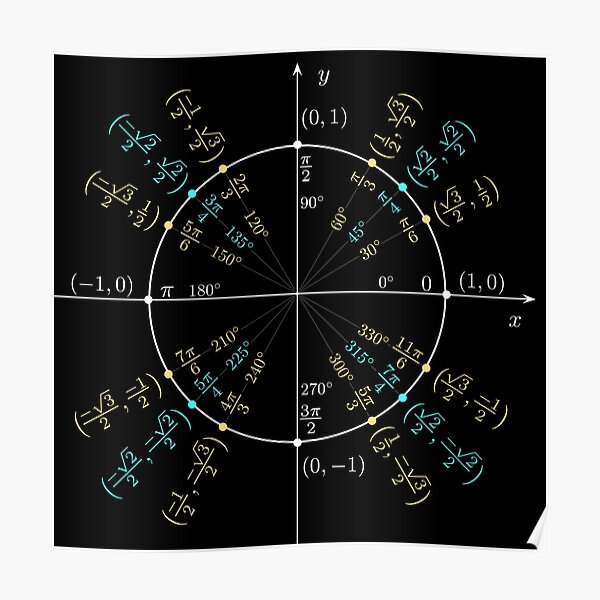
Unit #circle #angles. #Trigonometry, #Math Formulas, Geometry Formulas Poster
$14.32
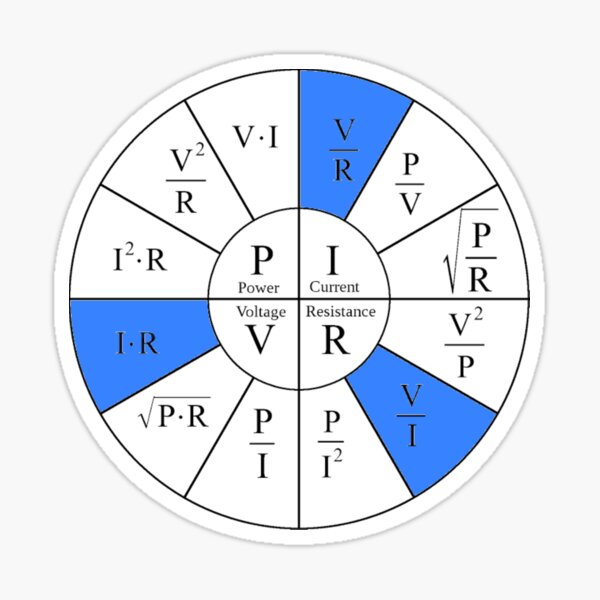
Ohm, Electric Current, Electricity, Electrical Resistance, Conductance, Electrician, Ampere, Electrical Network Sticker
From $1.25

Unit circle angles. Trigonometry, Math Formulas, Geometry Formulas Poster
$14.32
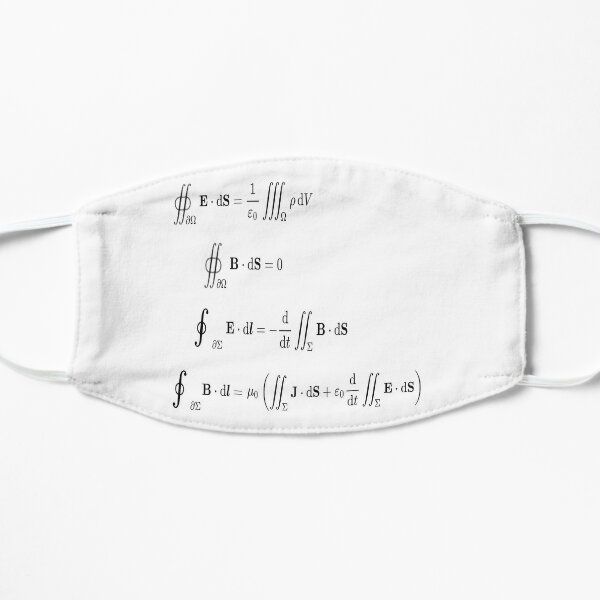
Maxwell's equations, #Maxwells, #equations, #MaxwellsEquations, Maxwell, equation, MaxwellEquations, #Physics, Electricity, Electrodynamics, Electromagnetism Mask
From $8.00

#Integrals #Math #Calculus #Mathematics Integral Function Equation Formula Essential T-Shirt
$19.90

#Integrals, #math, #calculus, #mathematics, Integral, natural, logarithm, naturalLogarithm, exponent Physics Small Mask
From $8.00

Euler's Identity, Math, Mathematics, Science, formula, equation, #Euler's #Identity Sticker
From $1.25

Math-based images in everyday children's setting lay the foundation for subsequent mathematical abilities. Pascal's Triangle, треугольник паскаля, #PascalsTriangle, #треугольникпаскаля Poster
$14.32

A two-dimensional representation of the Klein bottle immersed in three-dimensional space, #TwoDimensional, #representation, #KleinBottle, #immersed, #ThreeDimensional, #space Backpack
$50.00

Some #Indefinite #Integrals #IndefiniteIntegral Poster
$14.32

Visualization of binomial expansion up to the 4th power, binomial theorem Poster
$14.32

#Cretan, #labyrinth, Cretanlabyrinth Photographic Print
$6.79

#Golden #Ratio #GoldenRatio #Design Ideas Fibonacci Spiral = 1.6180339887498948420 Apron
$20.00

Pascal's Triangle #PascalsTriangle Number Pattern #NumberPattern A-Line Dress
$46.45

#UnitCircle, #Circle, #Trigonometry, #Sine, Trigonometric Functions, Cartesian Coordinate, System, Mathematics Jigsaw Puzzle
$30.00

Laplace Transform, Math, Mathematics, Physics, #Laplace, #Transform, #Math, #Mathematics, #Physics, #LaplaceTransform Classic Mug
From $12.61

Pascal's Triangle, треугольник паскаля, #PascalsTriangle, #треугольникпаскаля, #PascalTriangle, #треугольник, #паскаля, #Pascal, #Pascals, #Triangle, #Math, #Mathematics Magnet
$7.00

17 Equations That Changed The World Poster
$14.32

#Sine, #Cosine, #Triangle, #Geometry, Trigonometry, Math Formulas, Angles, Sides Mask
From $8.00

The School of Athens (1509–1511) by Raphael, depicting famous classical Greek philosophers in an idealized setting inspired by ancient Greek architecture Poster
$14.32

Empty Set - Unicode Character “∅” (U+2205) Acrylic Block
From $21.46

In mathematics, Pascal's triangle is a triangular array of the binomial coefficients Kids Mask
From $9.99

Pascal's Triangle is a triangular array of the binomial coefficients Poster
$14.32

#Pythagorean #Theorem #Formula, #Mathematics, Equation, Imaginary, Complex Number, Mathematician, Trigonometric, Functions Magnet
$7.00

Visualization of Binomial Expansion for the 2nd Power #Visualization #Binomial #Expansion #Power Acrylic Block
From $21.46

Math, Mathematics, Science, #Math, #Mathematics, #Science Magnet
$7.00

Vitruvian man, Naked man waving his arms and legs #NakedMan #LeonardodaVinci #VitruvianMan #Vitruvian Graphic T-Shirt Dress
$40.39

A two-dimensional representation of the Klein bottle immersed in three-dimensional space, #TwoDimensional, #representation, #KleinBottle, #immersed, #ThreeDimensional, #space Shower Curtain
$57.14

#Golden #Ratio #GoldenRatio #Design Ideas Fibonacci Spiral = 1.6180339887498948420 Backpack
$50.00

Some #Indefinite #Integrals #Math Mathematics #Calculus Integral sin cos tan Greeting Card
From $1.94

Empty Set - Unicode Character “∅” (U+2205) Yellow Cotton Tote Bag
From $13.19

#Golden #Ratio #GoldenRatio #Design Ideas Fibonacci Spiral = 1.6180339887498948420 Mask
From $8.00

Unit circle angles. Trigonometry, Math Formulas, Geometry Formulas Mask
From $8.00

#Stencil is a #geometric #arrangement of a nodal #group that relate to the point of interest by using a numerical approximation routine Short Sleeve Baby One-Piece
From $14.55

In mathematics, Pascal's triangle is a triangular array of the binomial coefficients Classic T-Shirt
$19.90

Math-based images in everyday children's setting lay the foundation for subsequent mathematical abilities. Pascal's Triangle, треугольник паскаля, #PascalsTriangle, #треугольникпаскаля A-Line Dress
$46.45

#Formula, #Mathematics, #Equation, #Imaginary, Complex Number, Mathematician, Trigonometric, Functions Jigsaw Puzzle
$30.00

Pascal's Triangle is a triangular array of the binomial coefficients Apron
$20.00

Pascal's Triangle is a triangular array of the binomial coefficients. Magnet
$7.00

Math Equations #Math #Equations #MathEquations Poster
$14.32

Table of Laplace Transform #Table #Laplace #Transform #LaplaceTransform Mini Skirt
$30.77

Pi = 3.14; Π, π Bath Mat
$21.68
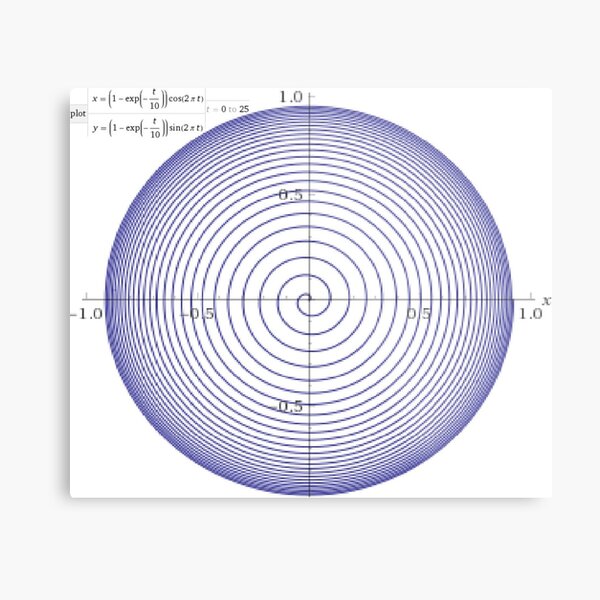
Plot x=(1-exp(-t/10))*cos(2*pi*t), y=(1-exp(-t/10))*sin(2*pi*t), for t=0 to 25 Metal Print
$58.57

Math Equations #Math #Equations #MathEquations Pullover Hoodie
$39.90

Sample Standard Deviation #Sample #Standard #Deviation #SampleStandardDeviation #StandardDeviation #Statistics #Mathematics #analysis #interpretation #presentation #data #scientific #industrial Graphic T-Shirt
$28.22

Pascals Triangle #PascalsTriangle Number Pattern #NumberPattern Short Sleeve Baby One-Piece
From $14.55

#Euler's #Identity, #Math, Mathematics, Science, formula, equation, #EulersIdentity Sticker
From $1.25

Pascal Equations, Math, Mathematics, Pascal's Triangle, треугольник паскаля, #PascalsTriangle, #треугольникпаскаля, #PascalTriangle, #треугольник, #паскаля, #Pascal, #Triangle, #Math, #Mathematics Magnet
$7.00

Mathematics, vector algebra, addition of vectors, subtraction of vectors, learning iPad Snap Case
$45.46

Math Wood Mounted Print
$27.00

Why is there such a simple relationship between π and φ: π = 6/5 φ² ? Throw Pillow
From $18.40
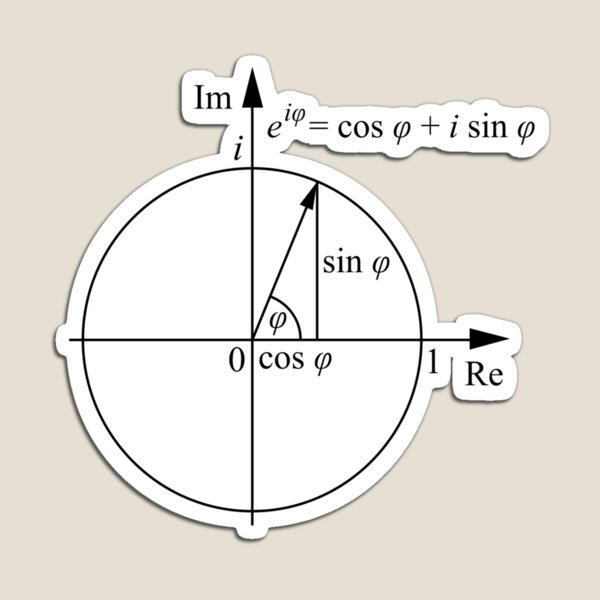
#Formula, #Mathematics, #Equation, #Imaginary, Complex Number, Mathematician, Trigonometric, Functions Magnet
$7.00

Math, mathematics, trigonometry, education, school, academy, formulae, formulas, formula Magnet
$7.00

Series, Infinite Sum #infinitesum #infinite #sum #math mathematics formula pi calculus Π π Σ A-Line Dress
$46.45

Illustration of a simple equation; x, y, z are real numbers, analogous to weights Laptop Skin
$25.25

#Triangular #number or #triangle number counts objects arranged in an #equilateral triangle Short Sleeve Baby One-Piece
From $14.55

#Integral #Calculus #DefiniteIntegral #Function Clock
$30.30

Definite integral for r from 0 to 4, for Q from 0 to pi/4 of r^2/2 *sin (2*Q)* r dQ dr Classic T-Shirt
$19.90

Triangle 3-d Acrylic Block
From $21.46

#Sine, #Cosine, #Triangle, #Geometry, Trigonometry, Math Formulas, Angles, Sides Magnet
$7.00

#Classroom, #Physics, #Mathematics, #education, writing, #handwriting, formula, algebra, learning, studying, university A-Line Dress
$46.45

#mathematics #gammafunction #Γ #capital #Greekalphabet #letter #extension #factorial #function #argument #shifteddown #real #complex #numbers #gamma #defined #complexnumbers #nonpositive #integers Magnet
$7.00

3²+4²=5² Classic T-Shirt
$19.90

#mathematics #factorial #nonnegative #integer denoted product positive integers Leggings
$40.39

#Integral #Calculus #DefiniteIntegral #Function Short Sleeve Baby One-Piece
From $14.55

Mathematical Multiplication 1, #Mathematical, #Multiplication, #MathematicalMultiplication Leggings
$40.39

#mathematics #gammafunction #Γ #capital #Greekalphabet #letter #extension #factorial #function #argument #shifteddown #real #complex #numbers #gamma #defined #complexnumbers #nonpositive #integers Throw Pillow
From $18.40

Dissection of hexagonal number into six triangles with a remainder of one. The triangles can be re-assembled pairwise to give three parallelograms of n x (n−1) dots. Short Sleeve Baby One-Piece
From $14.55

#Altitude, #Sine, #Cosine, #Triangle, Geometry, Trigonometry, Math Formulas, Angles Classic T-Shirt
$19.90

Diagram, Physics, General Physics, Mechanics, Kinematics, parallel, Optics, lipids, mustard, physical, condensed, physics, mass, physics, Modern Physics, nano Classic T-Shirt
$19.90

PSAT Reference Information, #PSAT, #Reference, #Information, #PSATReferenceInformation, #ReferenceInformation Classic Mug
From $12.61

Physics Problem #Physics #Problem #PhysicsProblem One body is dropped from a tower of known height h with no initial speed Tank Top
$19.90

Math, Mathematics, education, science, pattern, design, tracery, weave Art Print
From $13.73

Plot x=(1-exp(-t/10))*(1+sin(20*pi*t)/10)*cos(2*pi*t), y=(1-exp(-t/10))*(1+sin(20*pi*t)/10)*sin(2*pi*t), for t=0 to 25, #Math, #Mathematics, #formula Throw Blanket
$38.92
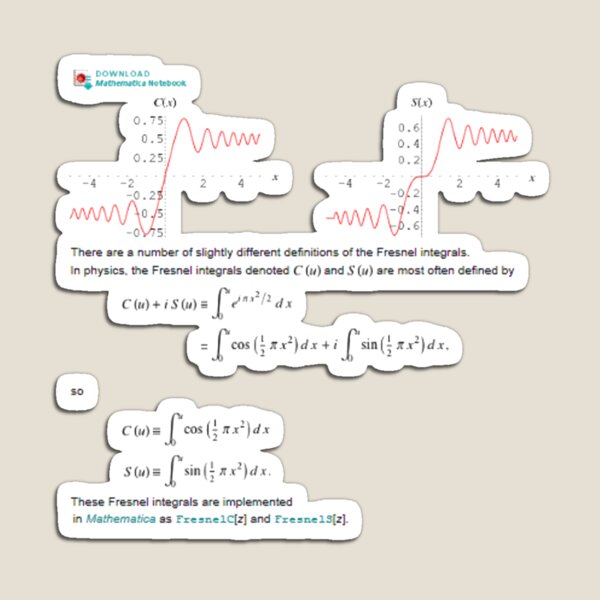
Mathematics Magnet
$7.00

#Altitude, #Sine, #Cosine, #Triangle, Geometry, Trigonometry, Math Formulas, Angles Art Print
From $13.73

#Triangle, #Geometry, #Trigonometry, #Math Formulas, Law of Sines, Angles, Sides Greeting Card
From $1.94

Empty Set - Unicode Character “∅” (U+2205) Classic T-Shirt
$19.90

Multiplication table Pullover Sweatshirt
$34.85

Baby Math: Visualization of Multiplication of Two Single-Digit Numbers Magnet
$7.00

Spiral Lightweight Sweatshirt
$34.85

Mathematical multiplication 3, #Mathematical, #Multiplication, #MathematicalMultiplication Hardcover Journal
From $17.43

Spiral Magnet
$7.00

Pascal's Triangle #PascalsTriangle Number Pattern #NumberPattern Short Sleeve Baby One-Piece
From $14.55

Dissection of hexagonal number into six triangles with a remainder of one. The triangles can be re-assembled pairwise to give three parallelograms of n x (n−1) dots. Short Sleeve Baby One-Piece
From $14.55

Euler's Identity, Math, Mathematics, Science, formula, equation, #Euler's #Identity, #Math, #Mathematics, #Science, #formula, #equation, #EulersIdentity Travel Mug
$25.25

Mathematical Summation, #Mathematical, #Summation, #MathematicalSummation Acrylic Block
From $21.46

#Mass #Flow #Rate #MassFlowRate Classic T-Shirt
$19.90

Integers from one to thirty-five together with points whose numbers are equal to the numbers shown Laptop Sleeve
$35.86

Mathematical Multiplication 2, #Mathematical, #Multiplication, #MathematicalMultiplication Spiral Notebook
From $10.73

#Golden #Ratio #GoldenRatio #Design Ideas Fibonacci Spiral = 1.6180339887498948420 Scarf
From $22.33

Empty Set - Unicode Character “∅” (U+2205) Red Acrylic Block
From $21.46

A two-dimensional representation of the Klein bottle immersed in three-dimensional space, #TwoDimensional, #representation, #KleinBottle, #immersed, #ThreeDimensional, #space Lightweight Sweatshirt
$34.85

#classroom, mathematics, #education, #handwriting, writing, #formula, algebra, #physics, calculus, chalk out, chalk drawing A-Line Dress
$46.45

Spiral Art Print
From $13.73

#Spiral, #plot, #Math, #Mathematics, #Analytical, #Geometry, #AnalyticalGeometry, #curve, #function, #PolarFunction, #Polar, #coordinate, #system, #PolarCoordinateSystem, #PolarCoordinates Graphic T-Shirt
$28.22

Arithmetic: One Plus Two Equals Three Classic Mug
From $12.61

#Altitude, #Sine, #Cosine, #Triangle, Geometry, Trigonometry, Math Formulas, Angles Laptop Skin
$25.25

#Altitude, #Sine, #Cosine, #Triangle, Geometry, Trigonometry, Math Formulas, Angles Shower Curtain
$57.14

#SineLaw, #Angle, #Length, #Trigonometry, Math Formulas, Geometry Formulas Classic T-Shirt
$19.90